Indoor air quality is crucial for a healthy home, but many homeowners are unaware of the invisible threat lurking in their midst: radon gas. Radon is a naturally occurring radioactive gas that can seep into homes, creating an invisible danger that causes serious health risks. Exposure to radon has been linked to lung cancer, and the EPA estimates that as many as 21,000 people die each year from radon-related lung cancer.
In this article, we will explore the importance of installing a radon mitigation system to create a safe living environment for you and your loved ones.
But First, What Is Radon?
Radon is a colorless and odorless gas produced by the breakdown of uranium in soil, rock, and water. The gas can seep into homes through cracks in foundation walls and floors or gaps around service pipes. Once inside a home, radon can become dangerous if left unchecked.
Radon can accumulate to dangerous levels in any home, regardless of size or age—it is not an issue limited to older homes. The only way to know if your home has a radon problem is to test for it.
The Benefits of a Radon Mitigation System
Radon mitigation systems are designed to reduce levels of radon gas in your home. The system works by using fans and pipes to vent the radon from beneath the foundation, out through the roof, or away from the building altogether.
Not only do these systems help create a safe living environment, but they can also save you money on energy bills. By venting the radon away from your home, you’ll be able to keep your heating and cooling costs down. Additionally, installing a radon mitigation system could help increase the value of your home should you decide to sell it.
These systems are relatively easy to install and generally require minimal maintenance once they’ve been put in place. It’s essential to have your home tested for radon before installing a mitigation system, as these systems are most effective when dealing with elevated levels of gas.
Choosing the Right Radon Mitigation System
Various types of radon mitigation systems are available, each with its own advantages and considerations. To ensure your system works correctly, consult a radon mitigation specialist who can help you choose the right system for your home.
Your specialist will determine which type of system is best based on factors such as the size and age of your home and how much radon has been detected in your home. In Denver, Colorado, radon mitigation systems must meet certain requirements, so it’s important to contact a licensed professional.
If you want to install a radon mitigation system by yourself, there are several kits available on the market. However, these systems may not be as effective or reliable as those installed by a professional and should only be used in cases where radon levels are low.
Maintaining and Monitoring the System
Once installed, a radon mitigation system requires regular maintenance and monitoring to ensure its effectiveness. It’s important to have your system inspected regularly by a professional and retest the air in your home.
Even if your system isn’t working correctly, it’s still possible for radon gas to enter your home from other sources. That’s why regular testing and monitoring are so important.
Creating a Safe Living Environment
Installing and maintaining a radon mitigation system is the best way to ensure your home is free of dangerous levels of radon gas. Not only will it protect you from health risks, but it can also save you money on energy bills and potentially increase the value of your home should you decide to sell it.
By understanding the importance of radon mitigation and getting your home tested for potential issues, you can create a safe living environment for yourself and your loved ones.

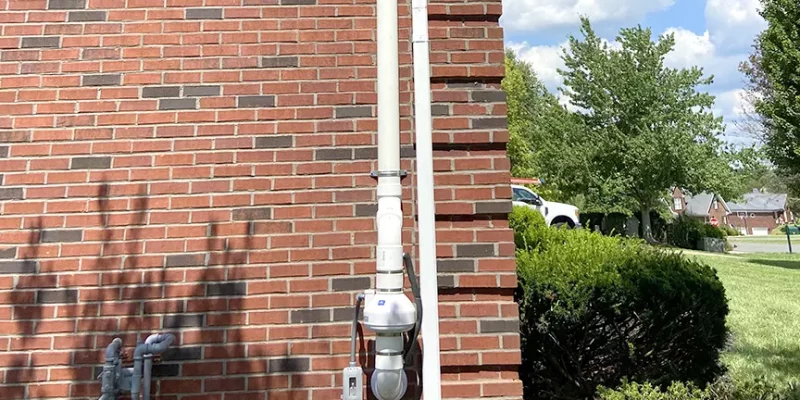
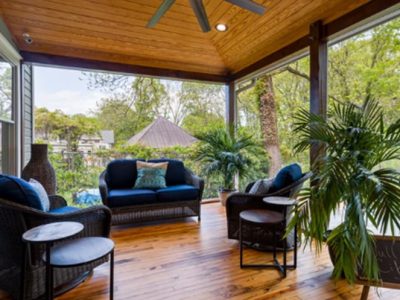
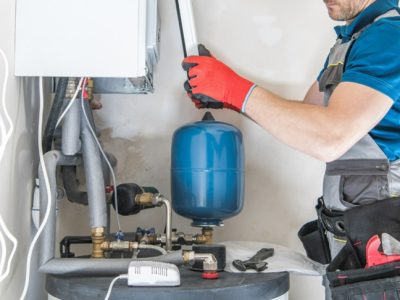
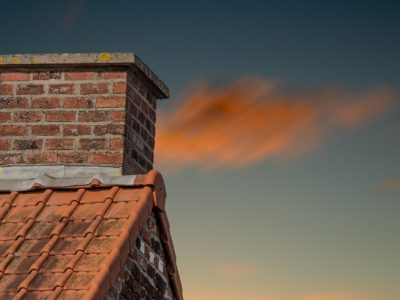
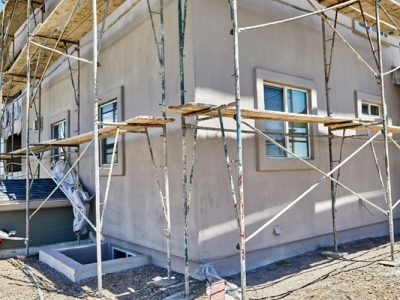
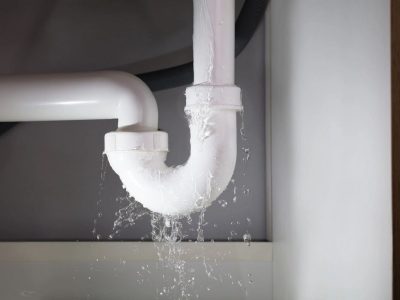
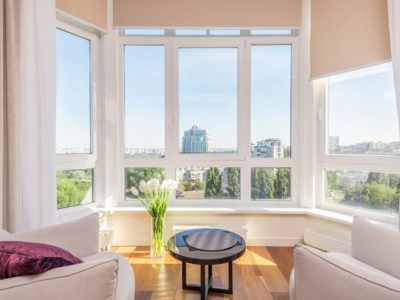


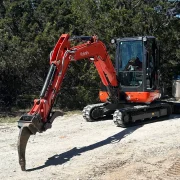
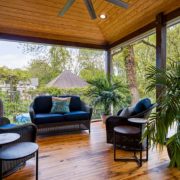
Comments